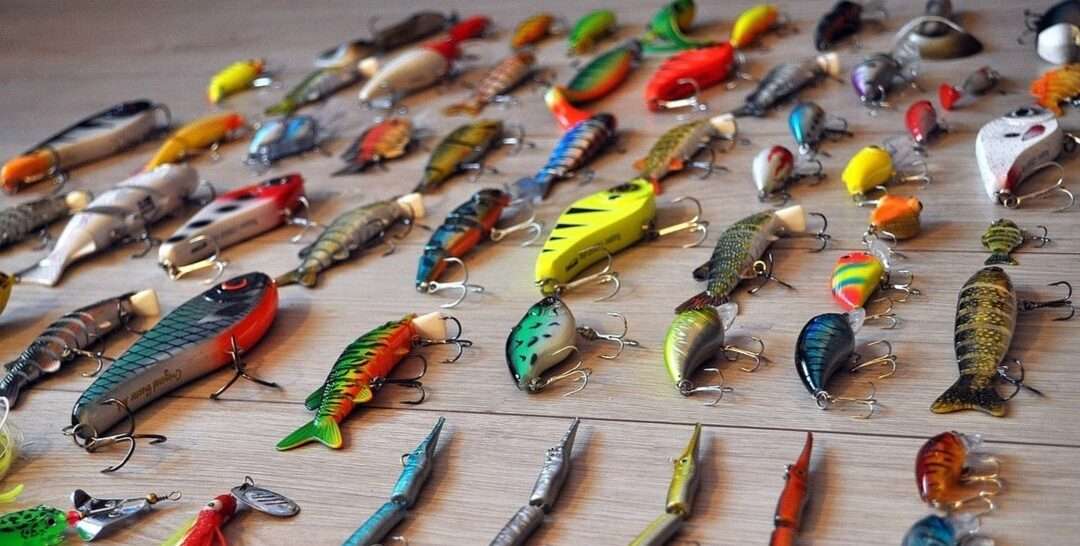When it comes to bass fishing, the choice between topwater and deep diving lures can significantly impact your success on the water. Both types of lures have their strengths and weaknesses, so understanding when and how to use each can make a huge difference in your fishing excursion. Let’s dive into the world of bass fishing techniques and explore the differences between topwater and deep diving lures.
Topwater Lures
Topwater lures are designed to float on the surface of the water, creating enticing movements and vibrations that attract bass. These lures can mimic the action of struggling prey, such as injured baitfish or frogs, making them irresistible to hungry bass.
Advantages of Topwater Lures:
- Exciting visual and auditory stimulation for bass
- Ideal for fishing in shallow waters or areas with heavy vegetation
- Provokes aggressive strikes from bass hunting near the surface
Disadvantages of Topwater Lures:
- Less effective in deep water or during cold weather when bass are less active
- Limited to specific fishing scenarios due to their surface-based design
Deep Diving Lures
On the other hand, deep diving lures are designed to sink quickly and reach deeper depths where bass may be hiding. These lures often feature a diving lip or weighted design that allows them to plunge below the surface and attract bass at different water levels.
Advantages of Deep Diving Lures:
- Effective for targeting bass in deeper waters or along drop-offs
- Can be used year-round, even in colder temperatures when bass move to deeper areas
- Allows anglers to cover a wide range of depths and fishing conditions
Disadvantages of Deep Diving Lures:
- May get snagged more easily in vegetation or rocky areas
- Less visually stimulating for bass compared to topwater lures
Choosing between topwater and deep diving lures depends on various factors, including the water depth, weather conditions, time of year, and the behavior of the bass. While topwater lures excel in attracting aggressive strikes from bass near the surface, deep diving lures are essential for targeting bass in deeper waters and during specific seasons.
It’s crucial for anglers to experiment with both types of lures and learn to adapt their fishing techniques based on the prevailing conditions. By having a diverse selection of lures in your tackle box, you can maximize your chances of landing that prized bass on your next fishing trip.
Tips for Using Topwater Lures:
1. Cast near lily pads or submerged vegetation where bass may be lurking.
2. Use a stop-and-go retrieve to create enticing movements on the surface.
3. Try different topwater lure types, such as poppers, frogs, or prop baits, to see what works best.
Tips for Using Deep Diving Lures:
1. Pay attention to the diving depth range of the lure to match it with the water conditions.
2. Vary your retrieval speed to mimic injured baitfish or other prey bass may be targeting.
3. Experiment with different colors and patterns to determine the most effective lure for the day.
With the right knowledge and practice, you can become adept at using both topwater and deep diving lures to target bass in various fishing scenarios. Whether you prefer the thrill of seeing a bass explode on a topwater lure or the challenge of working a deep diving lure along the bottom, mastering these techniques can take your bass fishing game to the next level.
So, next time you hit the water, consider the advantages of each type of lure and adapt your strategy to suit the conditions. Whether you go with the excitement of topwater action or the precision of deep diving presentations, the choice is yours to make based on what the bass are telling you.
Get ready to reel in those bass with confidence using the right lure for the job!
